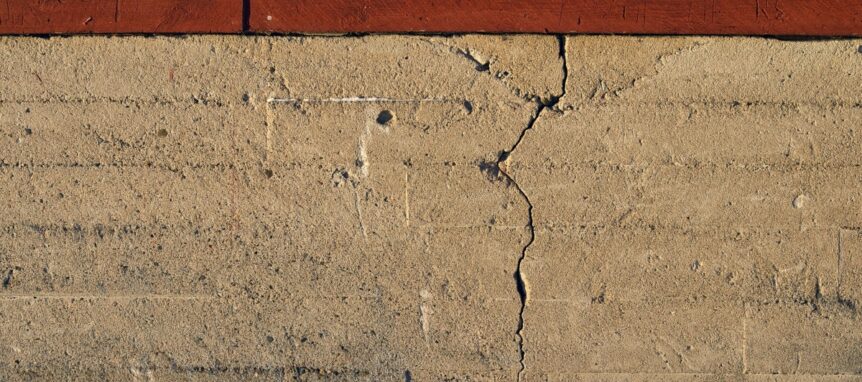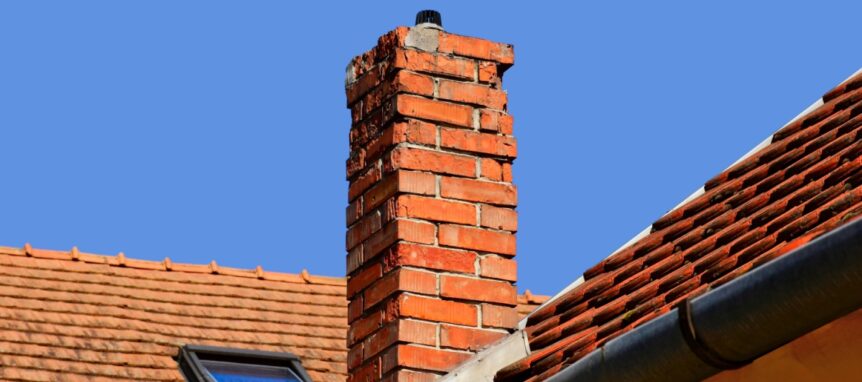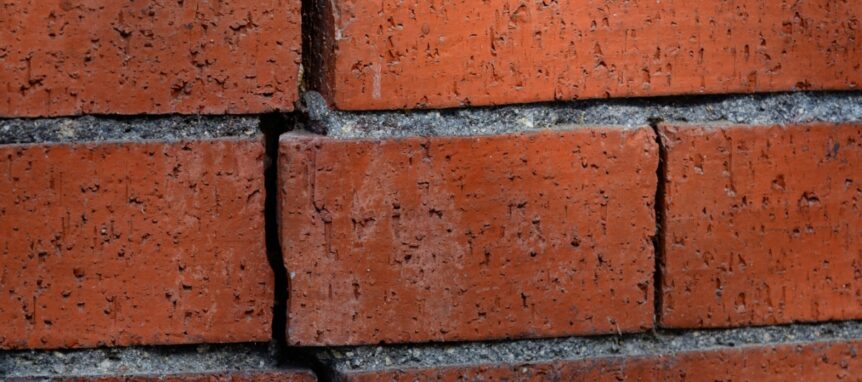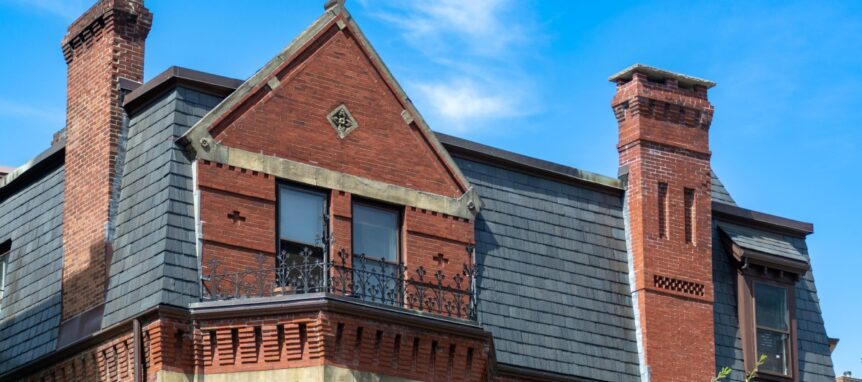Your home’s foundation is one of its most important structural elements, providing the support that keeps everything stable. While bricks, mortar, and concrete are known for their strength, they are not immune to damage, especially when water is involved. Poor drainage is one of the leading causes of foundation cracks, …
Spotting the Warning Signs of a Failing Chimney Crown
Your chimney crown might not be the first feature you notice on your home, but it plays a vital role in preserving your chimney’s structure and preventing costly water damage. Situated at the very top of the chimney, the crown is a slab of concrete, stone, or metal designed to …
How Thermal Expansion Impacts Brick and Mortar
Brick and mortar construction has stood the test of time for centuries, known for its durability, strength, and classic appearance. However, like all building materials, masonry is not immune to the forces of nature, particularly temperature changes. One of the most overlooked but impactful natural forces is thermal expansion. As …
Understanding Masonry Settling Cracks: When to Worry
Cracks in your brick or stonework may seem like a normal part of a building’s aging process, but not all cracks are created equal. Some are merely cosmetic, while others signal structural issues that require prompt attention. In a city like Toronto, where seasonal temperature swings and older architecture are …
Toronto’s Building Codes and Historic Masonry: What Property Owners Should Know
Toronto’s rich architectural heritage means many buildings feature brick, stone, and other traditional masonry, and when maintenance or renovation is required, property owners must navigate a layered system of building codes, heritage regulations, and permits. Whether you’re looking at a century‑old rowhouse in The Annex or a mid‑20th‑century brick home …





